Located at the end of a small track that leads past the Precise Resort (formerly Jasmer Resort) in Sagard on Rügen is what is apparently Europe’s only museum dedicated to chalk.
The chalk museum or “Kreidemuseum” is located in the factory building of the Chalk Factory in a hamlet called Gummanz that was in use up to 1962. It was re-opened as a museum in 2005 using a grant from the European Agricultural Fund and the European Fund for Regional Development, and has also been extended.
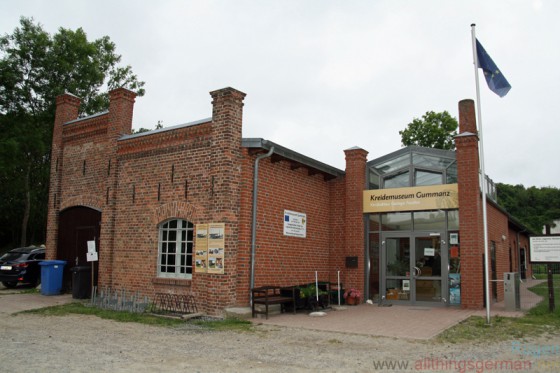
The entrance to the chalk museum (Kreidemuseum) in Gummanz
The museum is split between the inside and outside of the building, inside the first room tells the story of chalk and its uses, and how it was mined on the island and a number of different locations. As the chalk ore often contained lines of flint, it was also a valuable source of flintstone for military use. But more peaceful uses are also explained, such as in the seaside resorts for wellness purposes.
Of course, blackboard chalk also gets a look in, or rather there is an explanation as to why that “chalk” has little to do with the white chalk coming out of the ground.
There are a number of short films to look at, all of which can be started on request by pressing a button.
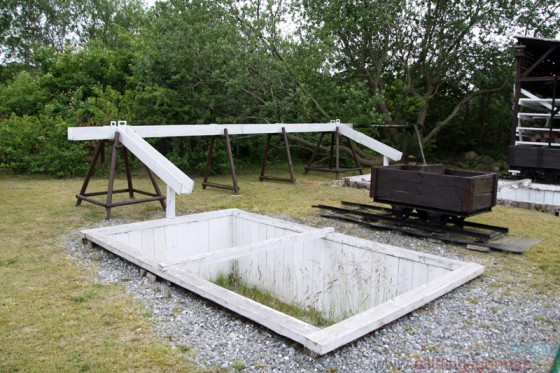 Part of the chalk-processing area behind the museum in Gummanz
Part of the chalk-processing area behind the museum in Gummanz
The way through to the new extension takes the visitors through a tunnel with projected prehistoric shark-like animals on the walls, somewhat reminiscent of the shark tunnel in an aquarium. The room that visitors arrive in is full of minerals and fossils to look at, with lots of buttons to press, holes to look through and flaps to lift.
Finally on the inside there is a 10 minute film about how the chalk was mined in times past and present. The door out of the small cinema takes visitors into the outside area of the museum.
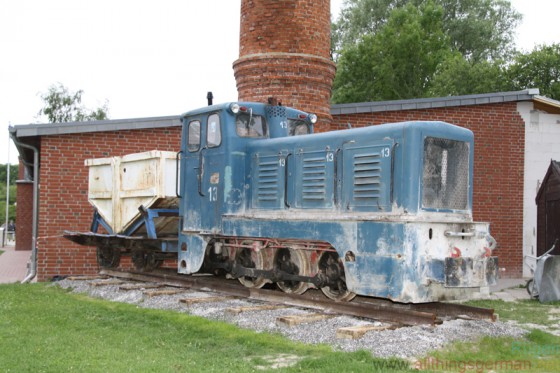
The engine outside the chalk museum in Gummanz
Once outside, visitors are on a grassy ledge between the building and a chalk-sided pit. There are a number of items that have been recovered from chalk mines on the island, including a locomotive a shed with the shelves where the chalk used to be dried.
Depending on how many of the short films you watch, the visit takes about an hour, after which there is the chance to take a 10 minute walk to the “Kleiner Königsstuhl”, a smaller version of the famous chalk cliff. On my visit, it started to rain at this point so I decided not to take the cliff-top path and return another day.
 The chalk pit located behind the museum in Gummanz
The chalk pit located behind the museum in Gummanz
The museum is open from 10am each day, it closes at 4pm from November until Easter, and 5pm in the summer. In the winter it is closed on Mondays except for pre-booked groups. As of January 2016, entry costs €4,50 for adults and €2,50 for children aged 7 and over. There are a range of discounts for groups, families, students etc. available. For those only wanted to visit the outdoor part, a turnstile allows access for €1 per person.
Further details in German can be found on the website: www.kreidemuseum.de

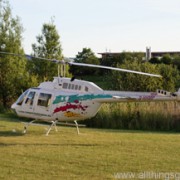
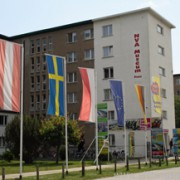
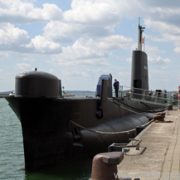

Speak Your Mind